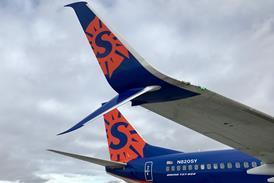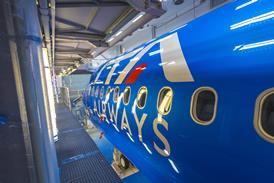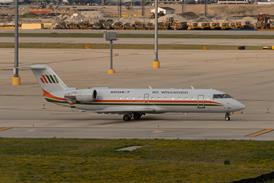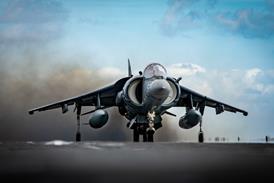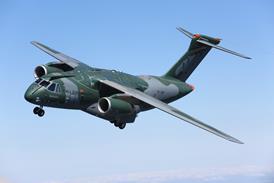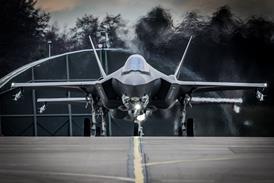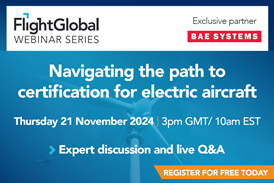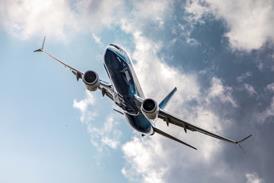After a difficult start, Connexion looks set to be a successful formula for connecting airlines, while Boeing ATM moves ahead
A launch order from Lufthansa has brought Connexion by Boeing's dream of revolutionising passenger connectivity closer to reality, but only after it came perilously close to foundering in the aftermath of 11 September 2001.
Although basically a broadband information service that allows passengers to access the internet and e-mail while airborne, Connexion is already showing signs of developing quickly into a far broader "e-enabler" for the airlines. This rapid evolution is typical of the entrepreneurial business model Connexion represents. In this sense, it is unlike anything previously attempted by Boeing, calling for a different sort of DNA than is normally found in aerospace.
"It is certainly different to the core businesses, and that's one of the reasons we set it up within a different unit," says Connexion president Scott Carson, who oversaw creation of the company when it split from Boeing Space & Communications in November 2000. "If we were going to look at a small business like this, it had to be postured differently. We thought it might be spun off, or would include different investors, and so on."
After a troubled start, Connexion managed to put together, in early 2001, a "tight" consortium of operators to determine what service they wanted and how it would work. The three - American Airlines, Delta Air Lines and United Airlines (nicknamed the Kansas Group because none of them operated there) - were later joined by Lufthansa. "By the end of that summer, we finally started to make progress - and then 9/11 happened," says Carson.
After a few days, it was "obvious we'd lose the airlines", says Carson. "It was best for them and they had to focus on survival. All of a sudden we went from four airlines and 1,501 aircraft on 10 September to one airline and one aircraft by 1 October. We asked if we should continue, or should we stop, so I built a plan to take to the board. Frankly, I said to myself this plan sucks. I said we needed another quarter to find out if we can make it better, and in that quarter Lufthansa really got involved. I also needed more money and promised that by the end of the fourth quarter, I would have three more airlines."
By the end of the third quarter of 2002, Connexion had four "customers" on board and the effort was saved. Carson's "bizarre" promise had paid off.
Currently on trial aboard a US Air Force C-40B, a US government executive aircraft and one British Airways and one Lufthansa 747-400, the system is lined up for several other users. Lufthansa is to equip 80 long-haul aircraft, including Airbus A300/A340s, beginning early next year.
Four of the 22 Connexion "working together" teammates have signed letters of intent. Proposals are out with "probably another six or seven", says Carson, and Connexion "could be on as many as five airlines next year, depending on the economic situation".
As a result of the trials, Connexion and Mitsubishi Electric are developing a mechanically steered antenna to cope with lower satellite sighting angles above 61¡N. The mechanical antenna will be standard for airline customers, while government and BBJ operators will retain the option of the current phased-array unit. Connexion is also baselined on the 7E7, and forms a fundamental building block of Boeing's "e-enabled" airline concept.
In 10 years' time, Carson predicts, upwards of 4,000 aircraft could be equipped. "We're convinced whoever makes first use of this will blow the industry away. All of us are still working with old models and new potential, but we understand the implications are big."
Source: Flight International

